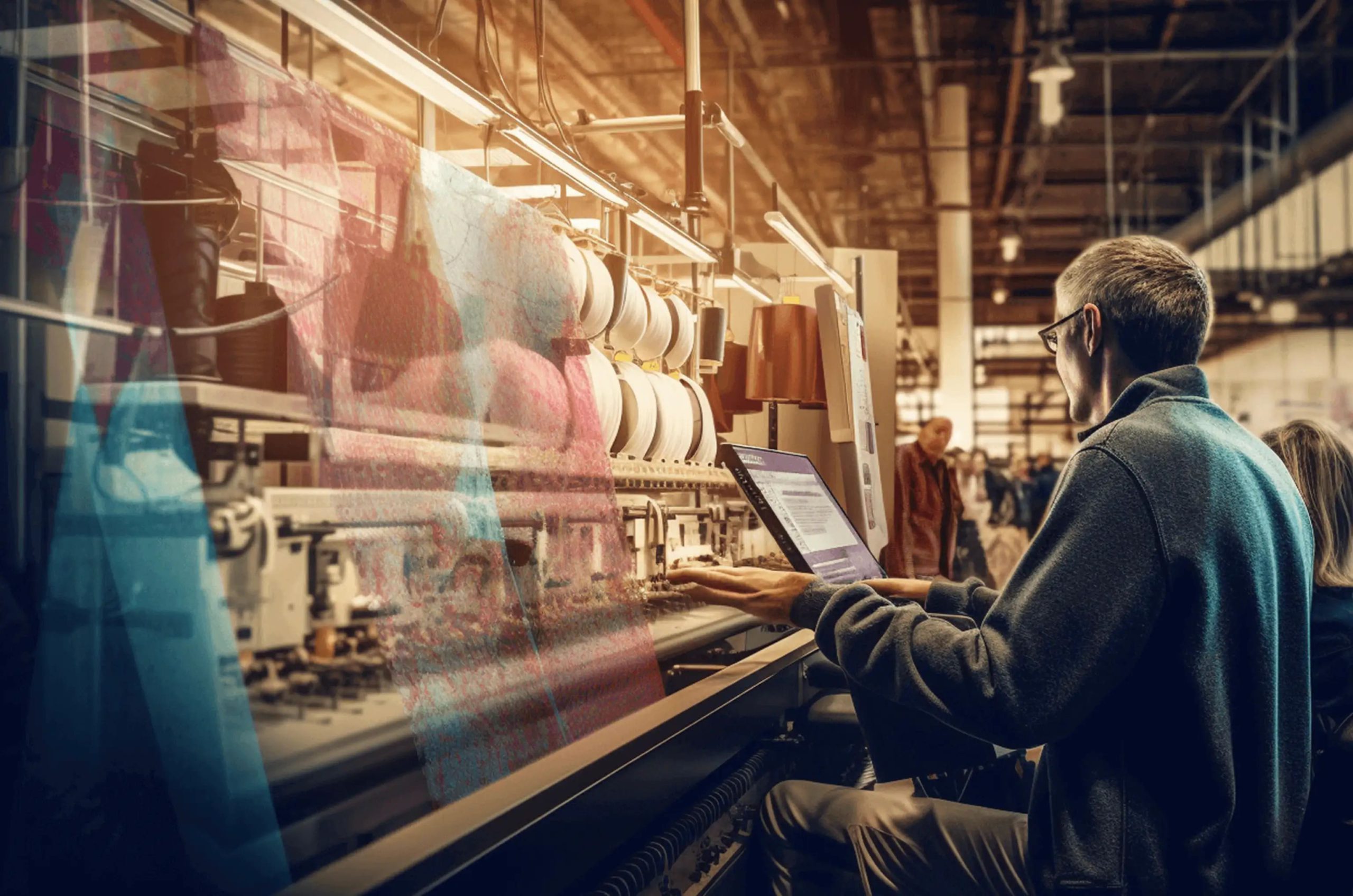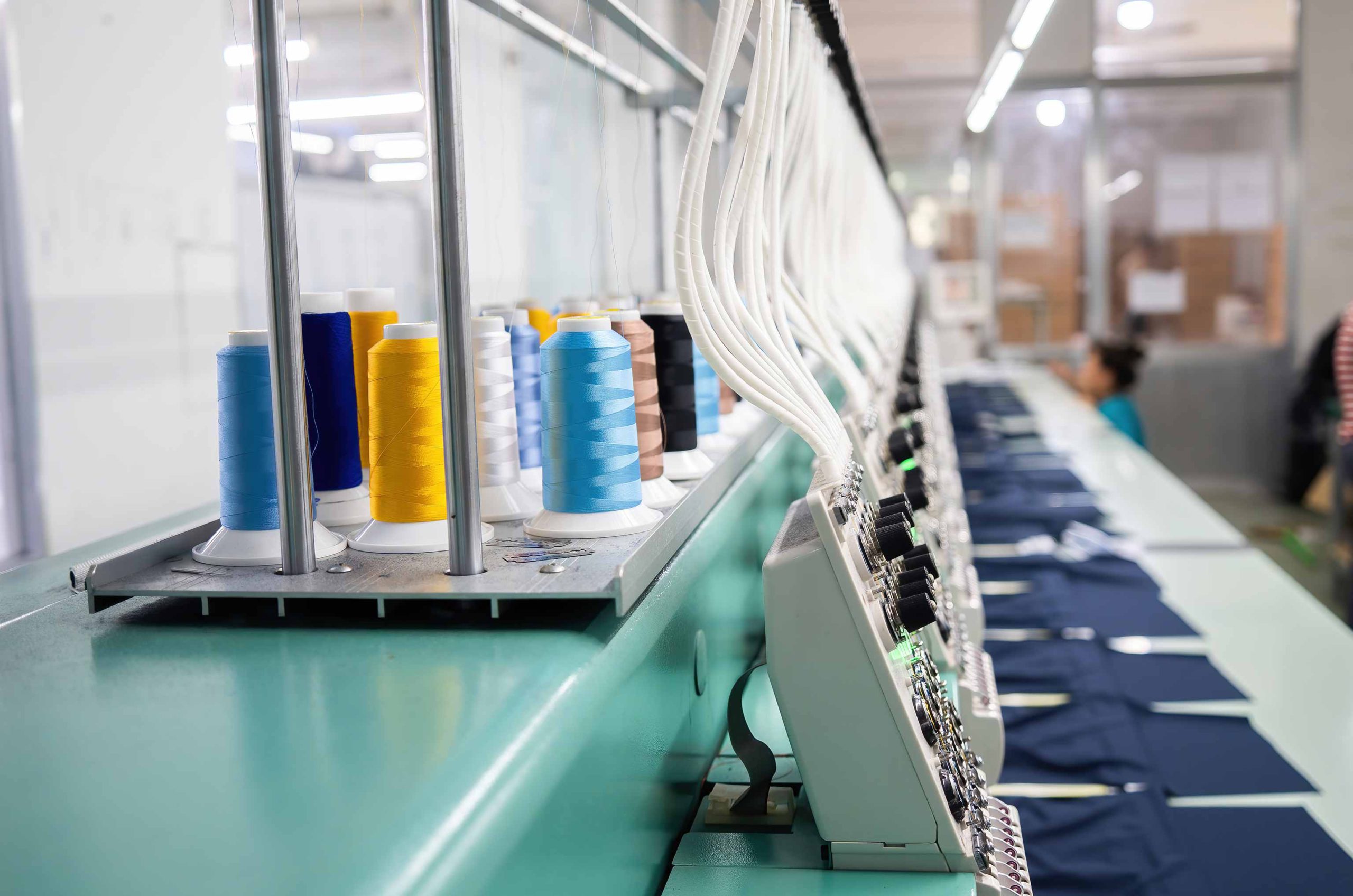Conscious fashion: how to start a sustainable clothing brand
-
Introduction
Sustainability is a big buzzword in the fashion world right now, and it’s important that fashion companies are doing their part to reduce their impact on the environment. Creating a sustainable fashion brand is not only the right thing to do; it’s also becoming an increasingly crucial way to stay relevant in the fashion world.
From fast fashion to high-end brands, everyone has adopted eco-friendly practices in their own way. And for good reason too! Eco-consciousness is not only good for our planet but also for your bottom line. Consumers are demanding more ethically produced clothing and are willing to pay more for it. This has made sustainability an important part of a brand’s global corporate strategy.
Initiatives such as Ellen MacArthur Foundation’s Jeans Redesign program, the 2019 Fashion Pact, Fashion Revolution’s “Who Made My Clothes?” movement or Patagonia’s Sustainable Apparel Coalition (SAC) are all gaining steam. Even fast fashion giant Zara’s owner Inditex announced it is aiming to make 100% of its cotton, linen and polyester to be sustainable by 2025.
But a lot of companies still don’t know how to start an eco-friendly clothing line or how to make sustainable changes to their existing fashion line. Fortunately, there are some simple steps you can take to make your clothing as eco-conscious as possible.
-
9 ways to start a sustainable clothing line in 2022
1. Know what sustainable fashion means
Sustainability is a growing trend in the world, and that includes the fashion industry. This can be seen through the popularity of brands that are using sustainable materials, like Eileen Fisher and Patagonia. But before you start thinking about how to make your clothing line sustainable, it’s important to know what being sustainable actually means.
In simple terms, sustainable fashion is a growing trend in the world of consumerism that aims to minimize the negative environmental and social impact of making clothes. More specifically, it’s about using resources and human capital responsibly and creating clothing with longevity in mind.
You can make your clothing line sustainable in one or more ways. For example, you can reduce waste during and after production; use fewer resources for manufacturing; or create items with high quality materials that will last longer.
Read more: What is sustainable fashion? Why brands need to be more sustainable
2. Define what sustainable practices you want to follow
Now that you know that sustainable fashion essentially just means creating clothing that doesn’t harm those who make it or those who wear it. It’s important to know that there are a few different directions you can take in your journey towards making a sustainable fashion brand. Some of the popular paths to sustainability in fashion are:
- Ethical Fashion: Producing clothing without exploiting workers and using environmentally-friendly materials
- Eco-Friendly Fashion: Using organic fabrics and working with local companies that use renewable energy sources
- Fair Trade Clothing: Making sure all workers are paid fairly, have fair working conditions and health care benefits
- Circular Fashion System: Designing products that can be worn for longer periods of time, or are made from materials that can be recycled or repurposed, thereby reducing overall fashion waste.
- Slow Fashion: A response to fast fashion—encouraging people to make thoughtful fashion choices and buy less clothing overall, but buy higher-quality items that are made with ethical practices in mind.
- Vegan Fashion: Clothing that does not contain or use animal products for production, such as leather, wool, fur, feathers or silk.
As you can see, there are different approaches to achieving sustainability—it’s not just about being eco-friendly (although that’s an important aspect). By choosing a clear path, you can streamline and communicate your efforts with better clarity to both your business partners and consumers.
3. Come up with a sustainable product idea
The first step of launching a sustainable fashion brand is to come up with a sustainable product idea.
A sustainable product idea is something that both meets the needs of your customers and is environmentally friendly. They should also be made using processes with low carbon footprints, such as using recycled fabric or natural dyes. And you should be able to provide safe working conditions and a fair wage to the workers making the products.
If you’re not sure how to determine whether your product concept is sustainable or not, think about the following questions:
- Is the product solving an environmental or social problem?
- Do you have a unique way of solving this problem?
- Can I meet those consumer needs in an environmentally responsible way?
- Is my product going to be used only once?
- Will customers use my products for a long time after purchase?
- Does my product create any waste or pollution during production or use?
- Can I pay a fair wage to my workers and make the product cost-effective for consumers?
If you answered, “yes,” to one or more of these questions, then you need to figure out how you can improve your product concept before calling your products sustainable or eco-friendly.
Some examples of what sustainable products could look like: accessories made from recycled materials like plastic bottles. Or clothing made with organic cotton fibers instead of plastic ones (plastic often ends up in landfills where it doesn’t biodegrade). Or packaging that’s easy to recycle—like paper bags.
4. Find the right manufacturer
Finding the right manufacturer for your clothing line is important. There are many things to consider when choosing a manufacturer, including their location, certifications and how they treat their employees. You want to find a company that has experience producing products using sustainable materials, and who can work with you closely throughout the process of creating your eco-friendly clothing lines.
When looking for a manufacturer, it’s important to find one with a strong reputation in their industry and key certifications that can help prove their commitment to ethical practices and sustainable manufacturing.
Look for certifications like:
- Fair Trade Mark
- Social Accountability International’s SA 8000 standard
- Global Organic Textile Standard (GOTS)
- Better Cotton Initiative (BCI)
- Organic Content Standard (OCS)
- Certified B Corporation
- Standard 100 by Oeko-Tex
- BLUESIGN
- Worldwide Responsible Accredited Production (WRAP)
- Recycled Claim Standard (RCS) and Global Recycled Standard (GRS)
- Forest Stewardship Council (FSC)
- World Fair Trade Organization (WFTO)
In addition to this, be sure you ask your potential manufacturer what their policies are regarding water usage, waste management systems, use of chemicals (if at all), employee training programs, and more so that you can get an idea of how dedicated they will be towards making your clothing line sustainable.
5. Use recycled or eco-friendly materials
When it comes to clothing, there are a multitude of materials that can be used. For example, cotton is one of the most popular fabrics in use today. However, it’s also one of the most resource-intensive crops to produce. If you choose to use cotton in your clothing line and other products, look for ways to reduce the amount of water and chemicals needed during cultivation and processing while still maintaining the quality of your product.
As we’ve said before, a lot of the impact your clothing has on the environment comes from what materials you use. That’s why it’s so important to choose sustainable options like recycled polyester. Using recycled or renewable materials will be a great start to making your clothing line sustainable. Recycled polyester is made from post-consumer waste, which means it’s derived from plastic bottles, clothes and other items that have already been used before they are recycled into new material. Recycling programs help reduce pollution by keeping harmful products out of landfills.
Other ways to make sure that your clothing line is as environmentally friendly as possible include using recyclable packaging and non-plastic trims. It’s important to keep in mind what impact your choices for materials might have on our planet as we continue to think about how we can make our clothing lines more sustainable.
6. Use product lifecycle management software to reduce waste
Once you’ve decided to take the sustainable fashion route, it’s important to create a plan that allows you to be conscious but also profitable. The first step? Figuring out what software will be most useful in helping you achieve your goals.
The first step to reducing waste is to track what you have and where it’s going. If you’re not yet using product management software to track your inventory, sales and waste—it’s time to make the switch. These types of software can help you reduce waste from all angles.
First off, they let you know exactly how much inventory is in stock at any given time, which means that if an item runs out, you will know before it becomes a problem. This way, you can avoid selling out of popular items too quickly or having an entire line disappear overnight because no one knows when new shipments are coming in.
Second of all, tracking your product lifecycle gives you more visibility into your value chain. PLM can identify bottlenecks in the production process so that brands can cut down on waste, maximize efficiency, and reduce the time between design to market for new styles.
Read more: The green route with PLM: Use technology to enable sustainable production
7. Make high quality products that last longer
Making high quality products may sound obvious, but you can’t claim to run a sustainable clothing line by making cheaply made, disposable clothes.
Your products must be made to last longer so they won’t be thrown away as soon as they start looking worn out. This means using better quality materials, stitching, zippers and buttons; thread that won’t break after a few wears; and durable fasteners. By doing this, you reduce waste by creating things that can be passed down through generations.
A sustainable product is one that can be used over and over again. To reinforce your eco-conscious efforts, you can offer easy repair services so that people don’t discard old clothes or buy new ones just because something is broken or worn out.
You can also teach people how to take better care of the products they purchase! This goes along with offering repair services but it applies more generally as well – if someone knows how to properly wash their clothes or store them in a way that prolongs their life, they won’t have to throw away things as often and waste resources by buying new versions every few weeks!
8. Educate people on why sustainability matters
As a brand, if you’re selling organic cotton shirts and jackets but don’t tell anyone why this is better than, say, polyester or nylon – then you’re probably losing business! Your customers need to know more than just how good your products are; they need an incentive as well. Educating your customers about the importance of sustainability is one of the most effective ways to give them a reason to buy from you.
You can start educating your customers by first educating yourself. Then, share what you learn with others. This will help you build credibility and trust with potential customers who are interested in supporting businesses that are working toward greater social good.
The best way I’ve found so far is by providing more information about who makes your clothes and how much time it takes them (and possibly yourself). You could also talk about where these materials came from and what kind of conditions were involved when making them – especially if those places aren’t exactly known for being environmentally friendly!
When you’re educating people on why sustainability matters, it’s important to be thoughtful and intentional about what you say. You’ll need to consider who your audience is, what their primary concerns are, and how far along they are in their thinking about sustainability.
9. Think about the circularity of your product’s lifecycle
The circular economy is a system that keeps products and materials in use for as long as possible, and then recycles them at the end of their useful lives. It’s a way of designing clothes that takes into account the entire life cycle, from producing garments to end-of-life.
As a fashion designer, you have the opportunity to create a circular product lifecycle for each piece. In other words, the clothes you sell can be designed to be returned to you at the end of their (useful) lives so that they can be re-used or recycled into something else.
You can think about your product’s lifecycle by thinking about the following questions: Where does it come from? Where does it go? Who is involved in its production, distribution and consumption? How does it affect our planet?
-
Conclusion
The fashion industry is always changing rapidly with new technology, materials and processes being developed all the time. But it’s important to be mindful of how we can create a sustainable future for the industry. I think that these 9 tips for sustainable clothing are some of the best ways to get started.
Don’t forget, though, that there are tons of other great options out there. Even if you can’t implement them all at once or right away, it’s never too late to start caring more about the environment and finding new ways to do so. After all, when it comes down to it, every little thing you do can make a huge difference in helping our planet thrive!










